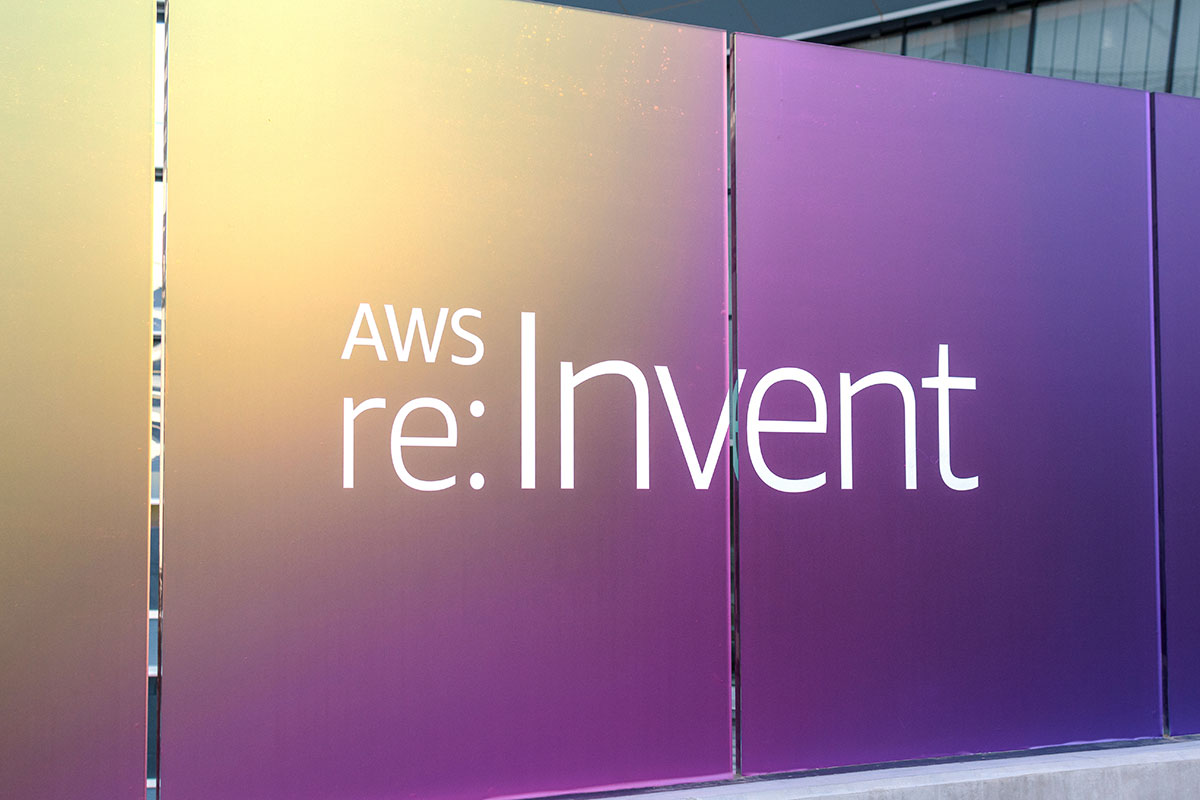
Infrastructure as Code in the Hybrid Cloud: Unlocking Efficiency and Trust

In the fast-paced world of technology, Infrastructure as Code (IaC) has become essential for managing and provisioning infrastructure using code rather than manual configurations. Within hybrid cloud environments—comprising on-premises, private cloud, and public cloud services—IaC offers a pathway to enhanced operational efficiency and agility. However, many organizations struggle with challenges such as operational trust, which can hinder IaC’s successful adoption. This blog delves into key aspects of IaC in hybrid clouds and provides strategies to overcome these obstacles.
Understanding Operational Trust: A Key Challenge
Operational trust is the confidence that IaC configurations will function consistently across different environments and teams. It ensures that IaC templates can be handed over at any stage, with the assurance that they will perform reliably. This trust is crucial for:
- Consistency Across Environments: Ensuring IaC templates yield identical results across development, staging, and production environments is challenging.
- Team Collaboration: Variations in engineers’ expertise and familiarity with tools can lead to inconsistencies.
- Tooling and Testing: Maintaining uniformity in tools, testing mechanisms, and validation processes is essential but often overlooked.
Without operational trust, organizations risk deployment failures, security vulnerabilities, and increased operational overhead.
Also Read: Driving Innovation: How Cloud and Generative AI Empower Each Other
Strategies to Overcome IaC Implementation Barriers
To successfully implement IaC, organizations should focus on the following strategies:
- Standardize Tools and Practices: Use consistent tools and frameworks like Terraform, Ansible, and CloudFormation across the organization. Establish coding guidelines to minimize discrepancies.
- Invest in Training and Documentation: Ensure all team members are proficient with IaC tools and practices through comprehensive training programs. Maintain up-to-date documentation.
- Automate Testing and Validation: Use automated testing tools like Terratest and Inspec to verify IaC templates. This ensures expected outcomes and reduces the risk of errors.
- Leverage Version Control and Collaboration: Manage IaC templates using version control systems like Git to facilitate collaboration, track changes, and enable rollbacks if needed.
Addressing Public Cloud, On-Premises, VM-Based, and Container System Differences
IaC bridges the gap between different environments—public cloud, on-premises, VM-based, or containerized—by:
- Abstraction and Modularity: IaC abstracts infrastructure components, enabling the creation of modular, reusable code applicable across various environments, simplifying management.
- Environment-Specific Configurations: IaC allows for environment-specific configurations, enabling tailored deployments for public cloud, on-premises, and containerized environments without rewriting code.
- Unified Management: Tools like Terraform support multiple providers (AWS, Azure, GCP, VMware), allowing unified resource management across hybrid environments from a single codebase.
Also Read: Optimizing Costs with AWS: Why Every Business Should Consider It
Driving Business Value Through Repeatability
Repeatability is a core strength of IaC, delivering significant business value by:
- Ensuring Consistency and Reliability: IaC replicates infrastructure setups consistently, reducing human error and ensuring reliable deployments.
- Enhancing Speed and Agility: Automated provisioning accelerates environment setup, enabling swift responses to changing business needs and faster time-to-market.
- Achieving Cost Efficiency: IaC promotes efficient resource utilization, prevents over-provisioning, and reduces operational costs through automated scaling and management.
Also Read: Common Cloud Mistakes and How to Avoid Them
Conclusion
Infrastructure as Code is a transformative practice that offers substantial benefits, particularly in hybrid cloud environments. By building operational trust, standardizing tools, and fostering collaboration, organizations can fully leverage IaC’s potential. While the journey requires careful planning and continuous improvement, the resulting gains in efficiency, agility, and business value are well worth the investment.




